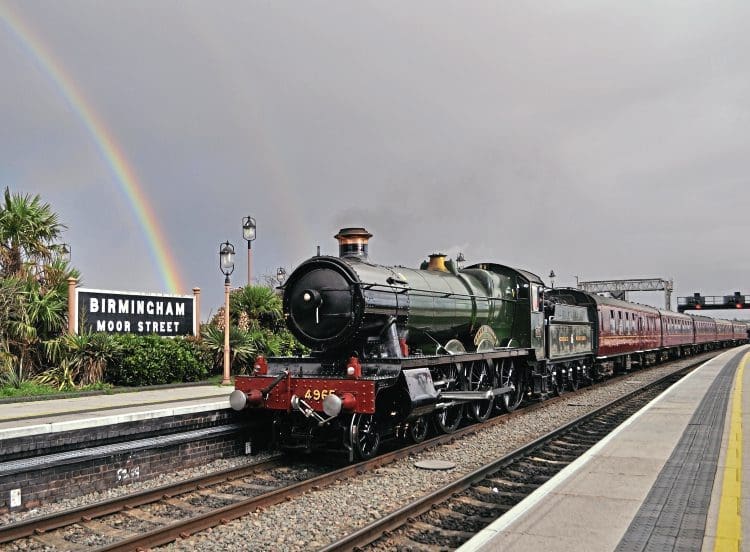In the first of a new series examining the issues of operating special trains on the main line with heritage rolling stock, Andy Castledine examines the effects of forthcoming legislation into the heritage sector – this time on passenger carriages.
It may seem premature to be thinking of the forthcoming year when we’ve only just welcomed in 2019, but New Year marks an important milestone not just for the rail industry but especially for the main line heritage sector operators.
From 0.01am on January 1, 2020, all rolling stock operating on the main line will have to comply with the Passengers of Reduced Mobility Technical Standard for Interoperability legislation or PRM TSI for short – or fit certain characteristics to be granted an exemption. PRM TSI is another railway acronym, in an industry which loves them.
Enjoy more Heritage Railway reading in the four-weekly magazine.
Click here to subscribe & save.

MARTIN CREESE
PRM TSI has its ancestry in The Railways (interoperability) Regulations 2011 which set out the various facets of what constitutes interoperability to ensure that the UK rolling stock can operate on European railway undertakings and vice versa. This will continue post-Brexit.
PRM TSI encompasses a vast scope, all of which applies to all rolling stock operating on the national network. The scope includes:
■ Internal hand holds and hand rails
■ Priority seating
■ Wheelchair spaces, including a call for aid facility
■ Labelling of exterior doors
■ Provision of universal toilet (i.e. easily accessible for those with reduced mobility)
■ Provision of a nappy changing facility
■ Clearways and turning space (i.e. space to move to avoid being in a cul-de-sac)
■ Signage/pictograms/tactile information
■ External handrails
■ Stepping distance from platform edge to train
■ Height and width of steps into the vehicle
■ Provision of a moveable step
■ Interface of the door control device (identifying how to open and close the door using standardised symbols)
■ Toilet flush device contrasting with the background (to enable identification).
It does not need an expert to consider how little the typical Mk.1 or Mk.2 vehicle common in charter trains complies with this legislation. The non-heritage sector of National Rail is busy also considering how it will get the remainder of the rolling stock through a refurbishment programme in time. The Department for Transport is monitoring and recording compliance.
Read more in Issue 250 of HR – on sale now!
Advert
 Enjoy more Heritage Railway reading in the four-weekly magazine. Click here to subscribe.
Enjoy more Heritage Railway reading in the four-weekly magazine. Click here to subscribe.




